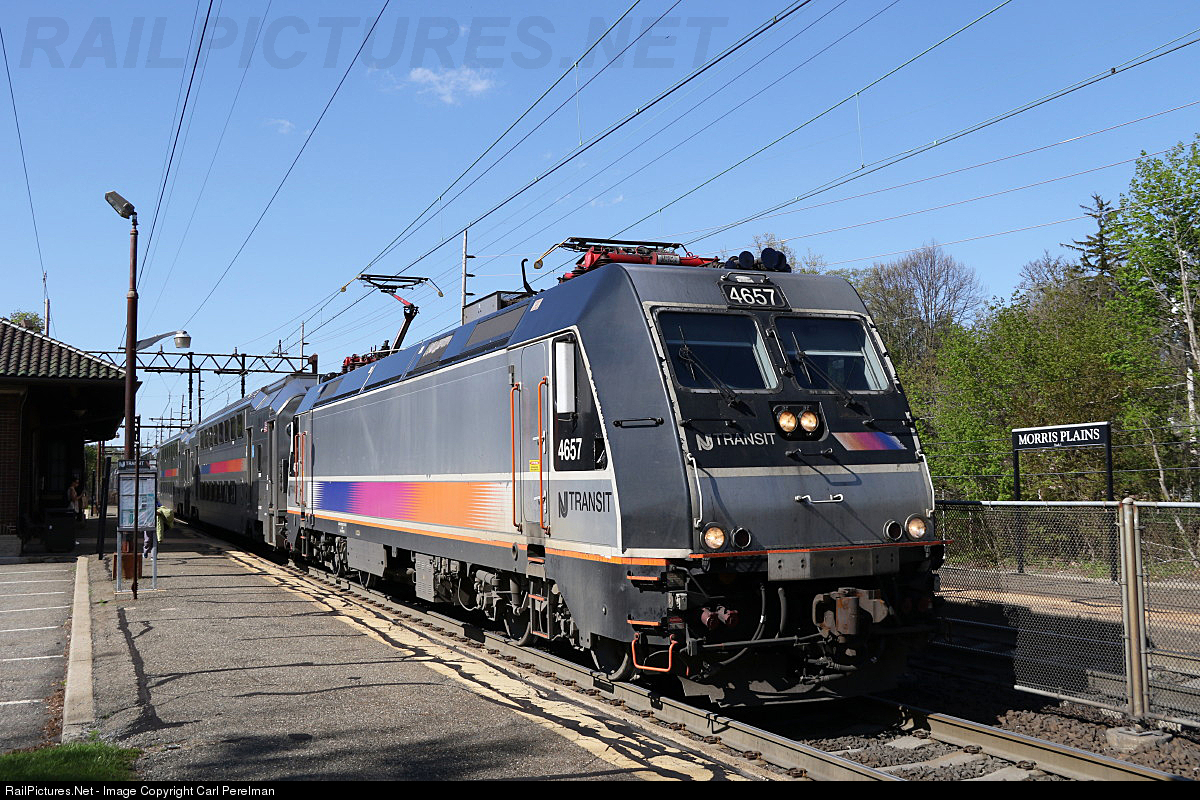

Longer Distance Suburban – routes covering longer distances operating Express for several miles along the route. Some routes feed Newark or Jersey City such as the 64-Lakewood, 65-Somerville, 68-New Brunswick, and 75-Butler. Short Distance Suburban – mostly interstate service between New York City/ Philadelphia and close points within New Jersey, such as routes 123-Union City, 125-Journal Square, 126-Hoboken, 128-North Bergen. Transit – local service between two points, such as the #1 bus between Newark and Jersey City. There are 3 subdivisions of bus operations: NJ Transit operates a statewide network of buses. Main article: New Jersey Transit Bus Operations Four new trains were added to the schedule, but service was cut back to Trenton. On October 31, 2005, NJT took over Clocker (NY-Philadelphia) service from Amtrak. The transfer saves passengers headed into Midtown Manhattan an estimated 15 minutes of travel time. On December 15, 2003, NJ Transit opened the Secaucus Junction transfer station, connecting two major portions of the system, allowing passengers on Hoboken-bound trains to switch trains to get to Midtown Manhattan more conveniently. On Octoit opened a new station at Newark International Airport. In the 1990s, the system expanded, with new Midtown Direct service to New York City and new equipment. In addition to routes run by New Jersey Transit, NJ Transit also subsidizes and provides buses for most of the state's private operators, such as Coach USA, Lakeland, and Academy, providing fixed route or commuter service. In southern New Jersey, most routes are arranged in a "spoke-and-hub" fashion, with routes emanating from Trenton, Camden, and Atlantic City]. In northern New Jersey, many of the bus routes are arranged in a web. New Jersey Transit also runs most of the state's bus lines. It now operates every passenger and commuter rail line in the state except for Amtrak the Port Authority Trans-Hudson (PATH), which is owned by the Port Authority of New York and New Jersey the PATCO Hi-Speedline, which is owned by the Delaware River Port Authority and a handful of tourist trains in the southern and northwestern parts of New Jersey. In 1983, NJ Transit assumed operation of all commuter rail service in New Jersey from Conrail. Conrail (or Consolidated Rail Corporation) had been formed in 1976 through the merging of a number of financially troubled passenger railroads, and operated commuter railroad service under contract from the NJDOT. NJ Transit came into being with the passage of the Public Transportation Act of 1979 to "acquire, operate and contract for transportation service in the public interest." NJ Transit originally acquired and managed a number of private bus services. NJ Transit, founded in 1979, was an offspring of the New Jersey Department of Transportation (NJDOT), mandated by the state government to address the many transportation issues that had developed at the time. 2.8.1.3 Monmouth Junction Alignment (West Route). 2.8.1.2 Matawan Alignment (Central Route). 
2.8.1.1 Red Bank Alignment (East Route).Most NJ Transit commuter buses go to Manhattan's Port Authority Bus Terminal and to Philadelphia's Greyhound Terminal (or Market Street in Philadelphia). The exception is the Atlantic City Line, which terminates at 30th Street Station in Philadelphia. All but one of NJ Transit's commuter trains feed into New York's Penn Station in Midtown Manhattan or Hoboken Terminal in Hoboken, New Jersey. It operates bus, light rail, and commuter rail services throughout the state, notably connecting to major commercial and employment centers both within the state and in the adjacent cities of New York and Philadelphia.

The New Jersey Transit Corporation (NJ Transit) is a statewide public transportation system serving the state of New Jersey, and Orange and Rockland counties in New York.
Real time nj transit train license#
As with Metro Wiki, the text of Wikipedia is available under the Creative Commons Attribution-Share Alike License 3.0 (Unported) (CC-BY-SA). The list of authors can be seen in the page history. The original article was at New Jersey Transit.







 0 kommentar(er)
0 kommentar(er)
